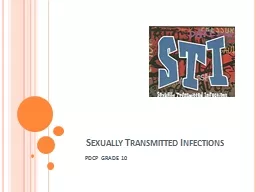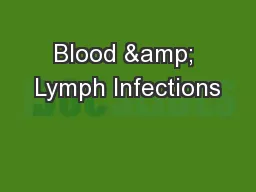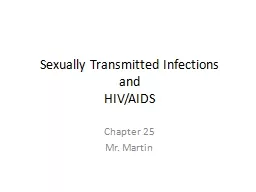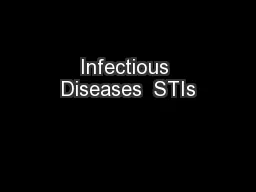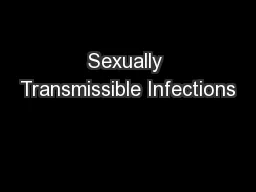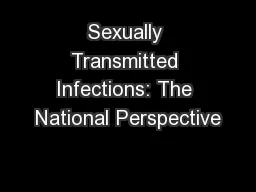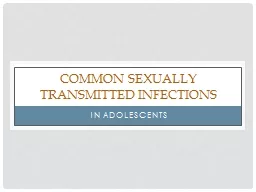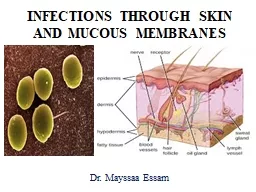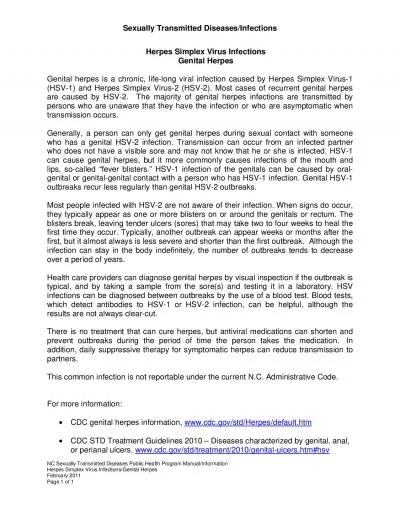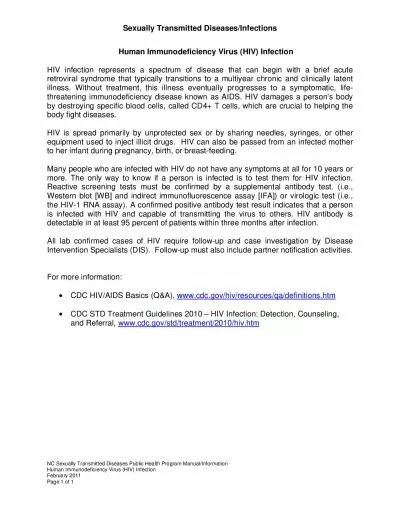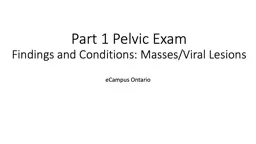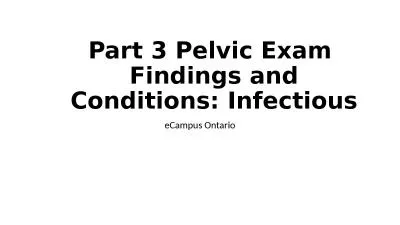PPT-Sexually Transmitted Infections
Author : faustina-dinatale | Published Date : 2018-12-23
PDCP GRADE 10 What is an STI An STI is a sexually transmitted infection that is contracted through unprotected sex Unprotected includes oral sex as well as intercourse
Presentation Embed Code
Download Presentation
Download Presentation The PPT/PDF document "Sexually Transmitted Infections" is the property of its rightful owner. Permission is granted to download and print the materials on this website for personal, non-commercial use only, and to display it on your personal computer provided you do not modify the materials and that you retain all copyright notices contained in the materials. By downloading content from our website, you accept the terms of this agreement.
Sexually Transmitted Infections: Transcript
Download Rules Of Document
"Sexually Transmitted Infections"The content belongs to its owner. You may download and print it for personal use, without modification, and keep all copyright notices. By downloading, you agree to these terms.
Related Documents

